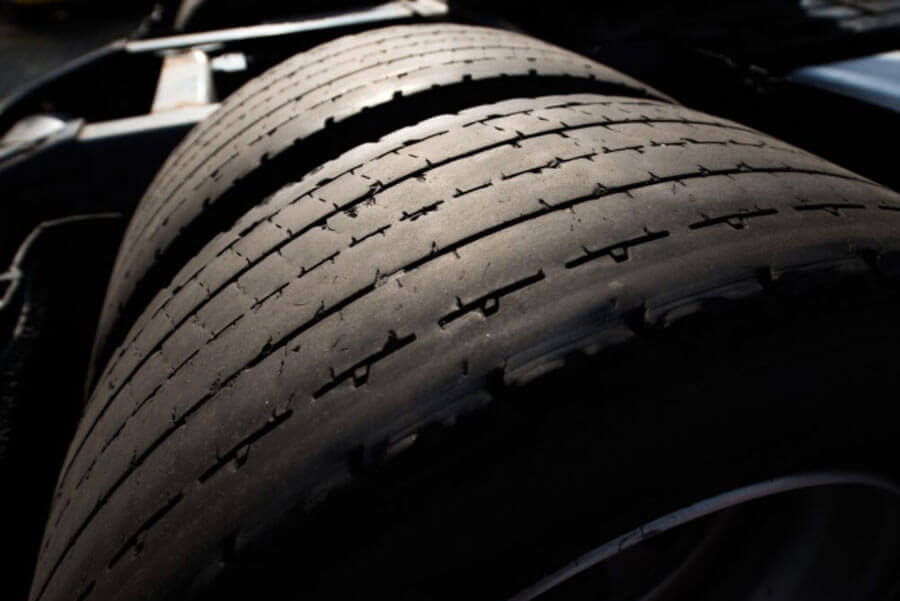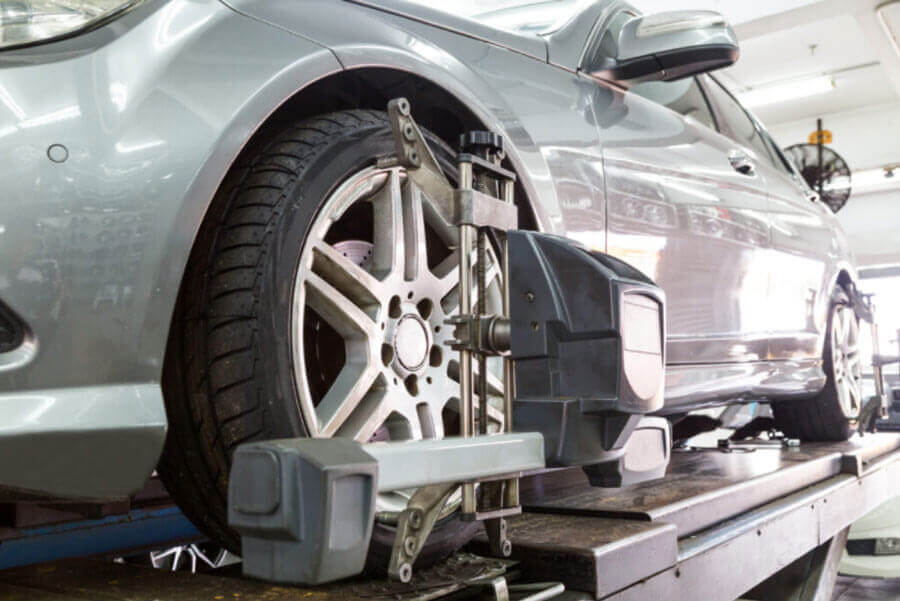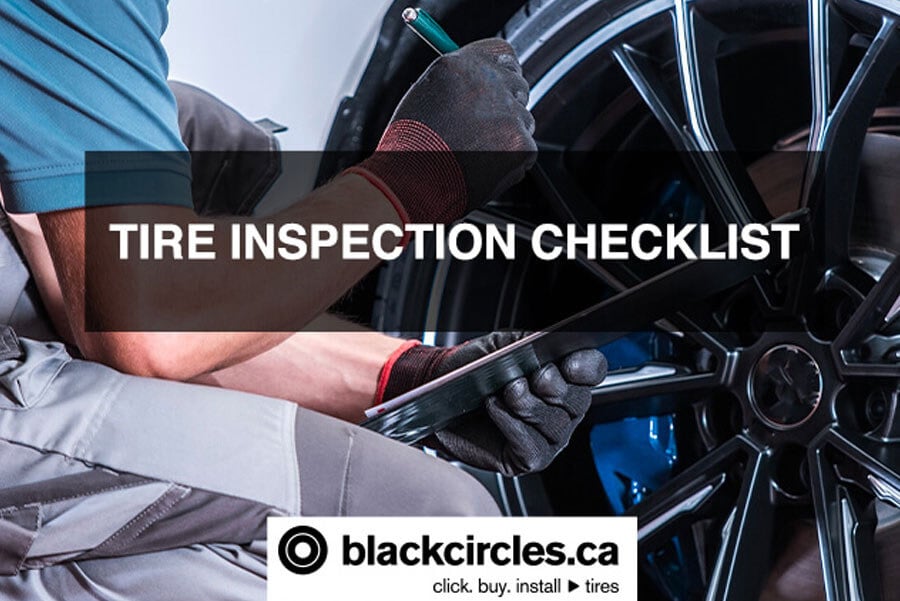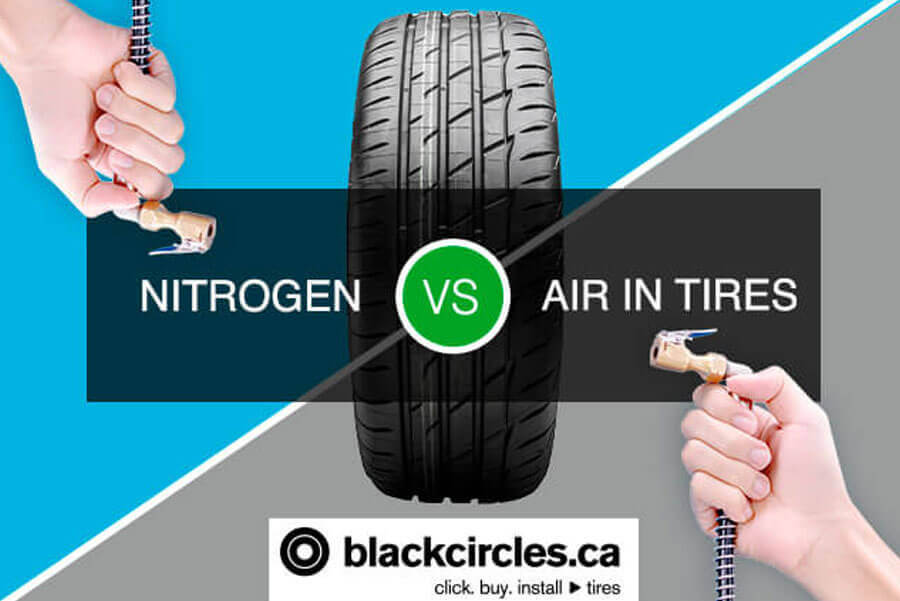As a vehicle owner and driver, one of the most important items to check regularly on your car is the condition of your tires. As your main contact between you, your passengers and the road, keeping your tires in top condition is extremely important. When you do a visual inspection of your vehicle’s tires, you need to check for the various signs of wear, and keep your eyes open for signs of uneven tire wear.
So, you may be wondering, what causes uneven tire wear and its symptoms? Here, the experts at blackcircles.ca – one of Canada’s most popular places to buy tires online – explain some of the more common symptoms that result from uneven tire wear, how these symptoms can be identified, and what their causes might be.
What causes uneven tire wear?
There are a number of common causes that lead to uneven tire wear. Some of those causes can include misaligned tires, unbalanced tires or worn-down suspension and shocks. Unevenly worn tires can even sometimes be a symptom of driving too long on cheap tires, or you may be driving on tires that are worn out and in need of replacement. Below, we outline the various symptoms of uneven tire wear, what it might look like, and the potential causes.
Uneven Tire Wear Symptoms
Cupping – One of the symptoms of uneven tire wear is cupping. Cupping is a pattern of abnormally worn patches or “dips” that appear every 3-4 inches on the tread of your tire, and that look somewhat “shell-like” or scalloped in appearance.
If you have uneven tire wear that looks like cupping, then you most likely have an issue with your suspension. If your suspension – basically the system that includes your tires, springs, shock absorbers and the various equipment that holds this system together – is malfunctioning, then you may experience cupping on your tires.
At the first sign of cupping as a symptom of uneven tire wear, you need to take your vehicle into a repair shop immediately. A licensed mechanic will identify the signs of cupping on your tires and be able to look into the root causes. However, in addition to likely having to do repairs on your suspension, tires that show signs of cupping must be replaced immediately. In most cases, cupping occurs on either the front set or back set of tires due to suspension issues (and it’s unlikely both sets of suspension will have problems at the same time), so if you are lucky, only two tires out of your set of four will need replacing after repairing your suspension.
Inside edge wear on tires – Another symptom of uneven tire wear can appear as a worn out inside edge. If you visually inspect your tires and see uneven tire wear on the inside edge, then you have what is called a “camber” issue. A camber issue originates from a problem related to the up and down motion your vehicle weight exerts on your tires. Or, it can also be explained as the angle of your wheel as it sits on the road.
A well positioned tire would sit evenly on the road – thus ensuring even wear on your tires. If you notice uneven wear on your tires on the inside edge, then your wheel is not sitting straight on the road, and additional pressure is being exerted on the inside edge leading to uneven tire wear.
Again, if you suspect you have a camber issue leading to uneven tire wear – then you need to take your vehicle into a licensed repair facility. There can be a number of issues related to uneven camber in tires, such as problems with your suspension including worn out cam bolts, turn-buckle joints, or shim adjustments, or adjustments required to the control arms. And, if you have significant wear on the inside edge of your tires, your best bet is to replace these tires, to ensure driving safety and comfort.
Vibration – Another symptom of uneven tire wear is a feeling of vibration coming from your tires. Most often felt when driving at higher speeds, if your tires are wearing unevenly, or even just wearing out and due for replacement, you will feel and often times hear a new sound or feeling of vibration coming from your tires.
If you notice vibration, then you should check the condition of your tires. If the tread is less than 4/32” in terms of depth, this could be the reason for the vibration, and you should begin shopping for a new set of tires. Also, if you notice that your tires have worn out unevenly, and are showing signs of cupping or scalloping (see above) or uneven wear patterns, this can also cause vibration, and it may just be time to replace your tires.
How to fix uneven tire wear?
So, as you can see, uneven tire wear is the result of a number of causes, some more easy to fix than others. While issues such as cupping or patterns of heavier wear on the inside edge likely involve a more costly fix at the mechanic, it may also be possible that your uneven wear means that your tires are old and worn, and need replacement. Whatever the cause, it is always important to ensure that your tires are always kept in good repair, because worn out tires can lead to significant safety issues, and an uncomfortable ride.
How to prevent uneven tire wear?
You may also be wondering how to prevent the above issues of uneven tire wear on your current set of tires. The best way to avoid uneven tire wear is to always ensure that your tires are in good repair. That means inspecting them regularly, ensuring they have the proper level of useable tread (over 4/32”) and that they are kept properly inflated to meet both your vehicle and the tire manufacturer’s specifications. Tires can be a significant investment, and, like all investments, they should be properly maintained so that you get the proper wear and longevity from them.
Of course, if you have any issues regarding your tires, and how they are wearing, or you need to purchase a new set of tires for your vehicle, then please don’t hesitate to reach out to the team of tire experts at blackcircles.ca. Our friendly and experienced team can help you choose the right set of tires for your vehicle, if you have experienced uneven tire wear and its symptoms. You can reach us by email, phone, or online chat, and we look forward to helping you!






